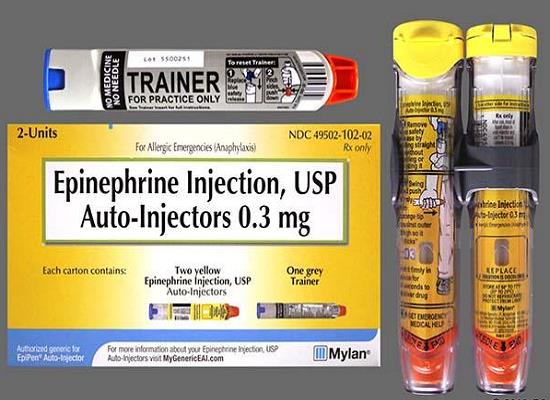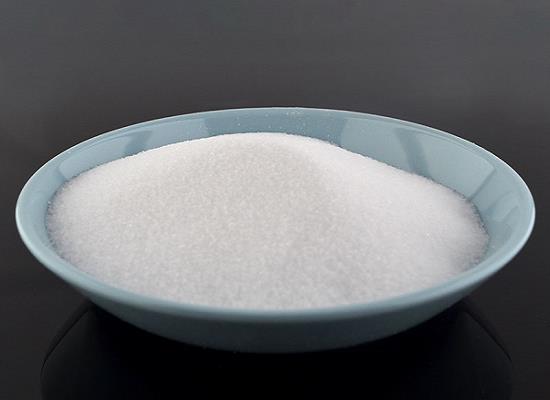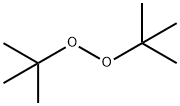Di-tert-butyl peroxide: properties and applications in organic synthesis
Aug 2,2023
General Description
Di-tert-butyl peroxide is a stable organic peroxide that releases free radicals upon decomposition at elevated temperatures. It is commonly used as a radical initiator in polymerization reactions and exhibits solubility in organic solvents but not in water. Di-tert-butyl peroxide finds application in alkylating reactions, facilitating α-functionalization of α-amino carbonyl compounds. It also plays a role in methylation reactions, acting as a direct aromatic methylation agent when combined with a palladium catalyst. The reaction mechanism involves both radical and non-radical pathways, with reductive elimination playing a crucial role in forming important C-C bonds.
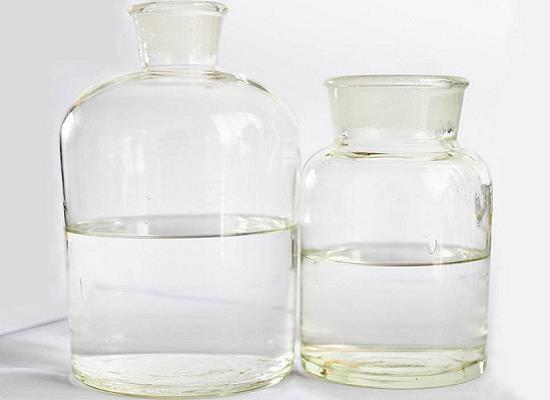
Figure 1. Di-tert-butyl peroxide
Properties
Di-tert-butyl peroxide is an organic peroxide with the chemical formula (CH3)3COOOH. It is a colorless to yellow liquid with a characteristic odor. Di-tert-butyl peroxide is soluble in organic solvents such as ethers, hydrocarbons, and halogenated solvents, but it is insoluble in water. One of the notable characteristics of di-tert-butyl peroxide is its stability at room temperature. However, when exposed to elevated temperatures, it undergoes slow decomposition, releasing free radicals. This property makes di-tert-butyl peroxide useful as a radical initiator in various chemical reactions. Di-tert-butyl peroxide exhibits stability in the presence of moisture and most acids. It can maintain its integrity under these conditions without decomposition. However, it is important to note that di-tert-butyl peroxide decomposes in the presence of strong bases. In summary, di-tert-butyl peroxide is a versatile organic peroxide used primarily as a radical initiator in polymerization reactions. It is stable at room temperature, soluble in organic solvents, but insoluble in water. Di-tert-butyl peroxide’s-controlled decomposition at high temperatures releases free radicals, making it valuable in a wide range of industrial applications. 1
Applications in organic synthesis
Alkylating reactions
Di-tert-butyl peroxide is a compound that finds application in alkylating reactions, specifically in the α-alkylation of α-amino carbonyl compounds using simple alkanes. This reaction is noteworthy as it proceeds through the cleavage of dual sp (3) C-H bonds, providing a facile pathway for the α-functionalization of α-amino ketones and α-amino esters. The use of di-tert-butyl peroxide as a promoter allows for the radical pathway to be involved in this transformation. The radical mechanism involves the generation of alkyl radicals from the simple alkanes, which then react with the α-amino carbonyl compounds to form the desired α-alkylated products. This method demonstrates the versatility and utility of di-tert-butyl peroxide in the field of alkylating reactions, particularly in the context of α-functionalization. It provides a convenient and efficient route for the introduction of alkyl groups onto α-amino ketones and α-amino esters, expanding the synthetic possibilities for these important classes of compounds. 2
Methylation reaction
Di-tert-butyl peroxide has been widely used in the methylation reaction as a direct aromatic methylation process with palladium (PdCl2) catalyst. In a study, the mechanism of methylation reactions using di-tert-butyl peroxide has been elucidated through energy calculations based on M06 density functional theory. The research specifically focuses on the introduction of methyl radicals to the ortho position of the commonly used substrate, 2-phenylpyridine, via tert-butyl peroxide. By identifying the key intermediates and transition states in the reaction sequence, the reaction mechanism is explained. Different possibilities regarding the coordination site between the substrate and the catalyst as well as subsequent mechanisms are discussed in detail. The main mechanistic events include: (a) oxidative or solvolysis of the peroxide O-O bond, (b) C-H bond activation, (c) C-C bond activation, and (d) reductive elimination leading to the transfer of the methyl group onto the aromatic ring. Both radical and non-radical pathways are considered. In the non-radical pathway, the lowest energy path involves C-H bond activation prior to peroxide coordination to palladium, followed by O-O bond cleavage and C-C bond activation. Intermediate species generated through reductive elimination play a crucial role in forming important C-C bonds between the methyl and aromatic carbon. In the non-radical pathway, the energy barrier for C-C bond activation is higher and identified as the rate-limiting step of the reaction. However, in the radical pathway, the activation energy for C-C bond cleavage is lower than that for peroxide O-O bond cleavage. It is found that a combination of both radical and non-radical pathways, involving the formation of a palladium methyl intermediate, is the most favorable route. The predicted mechanism is consistent with experimental observations of the PdCl2-catalyzed methylation reaction using tert-butyl peroxide on 2-phenylpyridine. 3
Reference
1. Di-tert-butyl peroxide. NIST Chemistry WebBook, SRD 69, ID:10-05-4.
2. Peng H, Yu JT, Jiang Y, Yang H, Cheng J. Di-tert-butyl peroxide-promoted α-alkylation of α-amino carbonyl compounds by simple alkanes. J Org Chem, 2014, 79(20):9847-9853.
3. Sharma AK, Roy D, Sunoj RB. The mechanism of catalytic methylation of 2-phenylpyridine using di-tert-butyl peroxide. Dalton Trans, 2014, 43(26):10183-101201.
- Related articles
- Related Qustion
- What is Di-tert-butyl peroxide? Jul 9, 2021
Di-tert-butyl peroxide is used for synthesis. CAS 110-05-4, molar mass 146.23 g/mol.
Di-tert-butyl peroxide
110-05-4You may like
Di-tert-butyl peroxide manufacturers
- Di-Tert-Butyl Peroxide
-
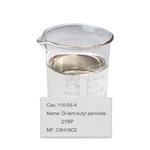
- $80.00 / 25kg
- 2025-01-14
- CAS:110-05-4
- Min. Order: 1000kg
- Purity: 0.98
- Supply Ability: 5000 Metric Ton/Metric Tons per Year
- TBPS (DI-TERT-BUTYL PEROXIDE)
-
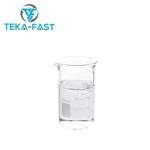
- $0.00 / 1KG
- 2025-01-03
- CAS:110-05-4
- Min. Order: 1KG
- Purity: 99%
- Supply Ability: 100 MT
- Di-tert-butyl peroxide
-
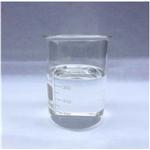
- $2402.00 / 5Tons
- 2024-12-12
- CAS:110-05-4
- Min. Order: 5Tons
- Purity: 99.99%
- Supply Ability: 100Tons




